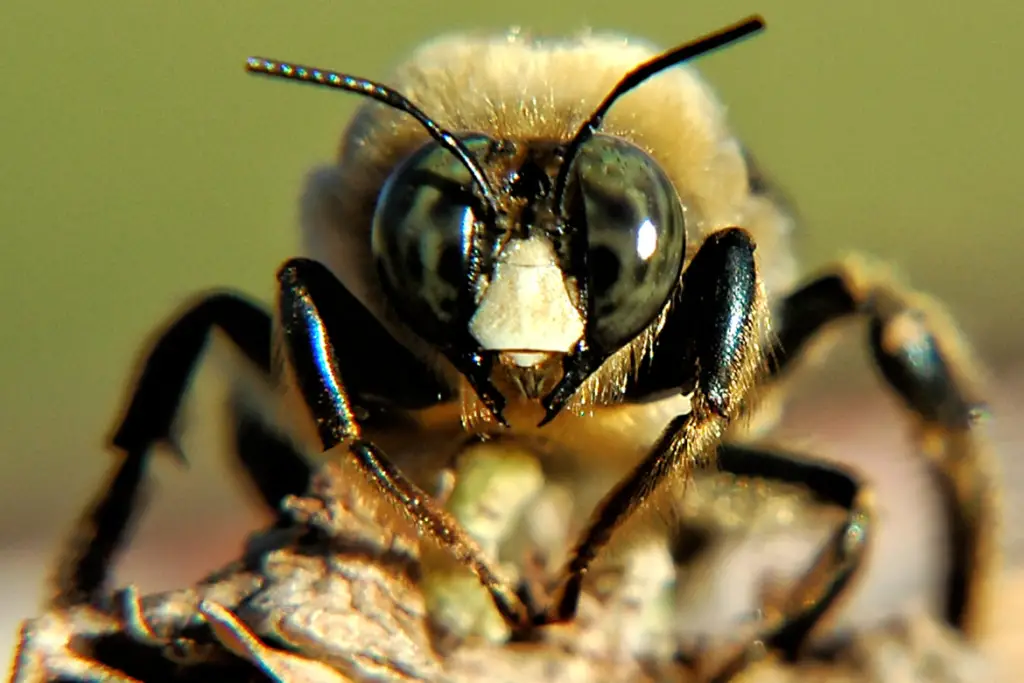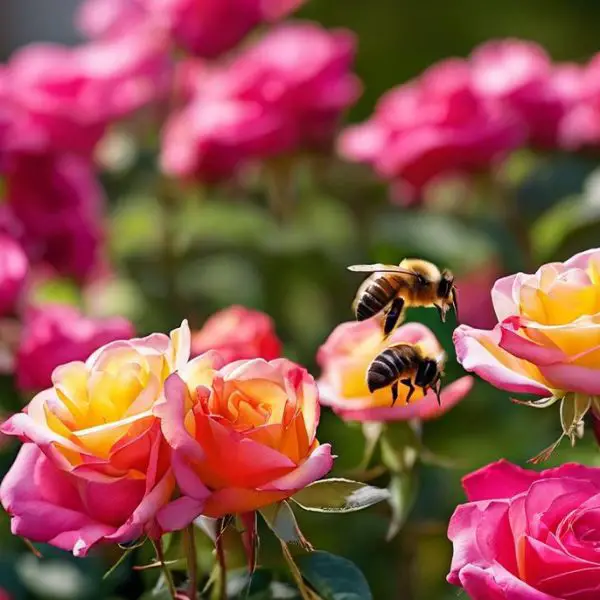The sting of a bee is more than just a momentary prick; it sparks a complex cascade of immunological events within the human body. For beekeepers and allergists alike, understanding this response is not merely academic—it is essential for safety and resilience in the face of these industrious insects. When a bee’s venom enters the bloodstream, it can cause reactions ranging from mild irritation to severe allergic responses. As a function of our intricate immune system, the response to bee stings can vary greatly among individuals, influenced by factors such as genetics, frequency of exposure, and pre-existing sensitivities. This essay delves into the depths of the immune system’s reaction to bee stings, providing insights into the local and systemic responses, the role of immunoglobulins, and the dichotomy between the development of increased tolerance or heightened sensitization.
Immunological Response to Bee Stings
When considering the human immune system’s response to bee stings, it is essential to delineate between a typical immune reaction and hypersensitivity responses, as the latter pertains to allergic manifestations which occur in a minority of the population.
Upon the intrusion of a bee’s stinger, the human body recognizes venom proteins as foreign. The innate immune response is the first line of defense, where mast cells at the site release histamine and other inflammatory mediators. This cascade results in vasodilation and an increase in vascular permeability, facilitating the influx of immune cells such as neutrophils and macrophages to the afflicted area—processes fundamental to containing and neutralizing the venom. Consequently, what one observes at the point of envenomation are classic signs of inflammation: redness, heat, swelling, and pain. These symptoms, while uncomfortable, are indicative of the body effectively mounting an immune response.
Adaptive immunity also plays a role, albeit secondary to the innate response in the context of bee stings. T-lymphocytes and B-lymphocytes are mobilized, with the latter producing venom-specific antibodies. Memory B cells are generated, which allows for a rapid and targeted response should future stings occur. However, in non-allergic individuals, the immune memory to bee venom does not typically result in an overexuberant response upon subsequent exposures.
Understanding the mechanisms by which the immune system responds to bee stings opens the door to potential therapeutic interventions, particularly in cases where the immune response must be modulated in individuals hypersensitive to bee venom. Thus, the study of the interaction between bee venom and the human immune system remains an area of considerable scientific interest and clinical importance.

Desensitization and Immunity
Incidents of repeated bee stings in certain populations have led to notions of desensitization, a phenomenon that pivots on the fundamental principles of immunological memory and specificity.
In the context of bee venom exposure, desensitization, also referred to as venom immunotherapy, is a precise medical regimen that aims to attenuate the exaggerated immune responses seen in venom hypersensitive individuals.
It is paramount to denote that this process relies upon controlled, incremental exposure to the allergen, which in this case, is the venom of bees.
Venom immunotherapy operates through the gradual introduction of bee venom to the immune system, which ideally leads to the upregulation of regulatory T-cells and subsequent suppression of allergen-specific IgE production by B-lymphocytes.
Concomitantly, there is an increase in the production of a different antibody class known as IgG4. These IgG4 antibodies are theorized to act as blocking antibodies, which intercept and neutralize venom components before they can crosslink IgE molecules on mast cells, thus inhibiting the release of inflammatory mediators.
While this form of therapy could notionally render an individual less reactive or “immune” to bee stings, it is imperative to underscore that this does not equate to complete immunity in the conventional sense.
The desensitization process lowers the risk of systemic reactions but does not entirely preclude the possibility of allergic responses.
Furthermore, immunity, as classically defined in the immune lexicon, involves the eradication or neutralization of pathogens, which is not the end goal in the context of bee venom. Here, the objective is tolerance—a state wherein the immune system is less likely to mount a harmful, hyperactive response upon exposure to the venom.
In summary, repeated exposure to bee stings can indeed lead to a diminished immune response through a process akin to venom immunotherapy, which should not be confused with natural immunity to infectious agents.
The scientific community continues to delve into the intricacies of this process, aiming to refine the safety and efficacy of desensitization protocols that hold the potential to markedly improve the quality of life for hypersensitive individuals.

Through a deliberate investigation of our body’s interface with bee venom, we uncover that the experiences of beekeepers can be as varied as the bees they tend. The delicate interplay between repeated stings and the human immune system might culminate in increased tolerance, desensitization, or possibly an enduring heightened sensitivity. While the journey to understanding the full spectrum of immunity to bee stings continues, the knowledge thus far illuminates a path for safer beekeeping practices and the promise of more effective treatments for those with allergic reactions. Ultimately, the dance between humans and bees remains a fascinating testament to the adaptive capabilities of both the insect and the immune system, each honed by the relentless pressures of nature and evolution.


